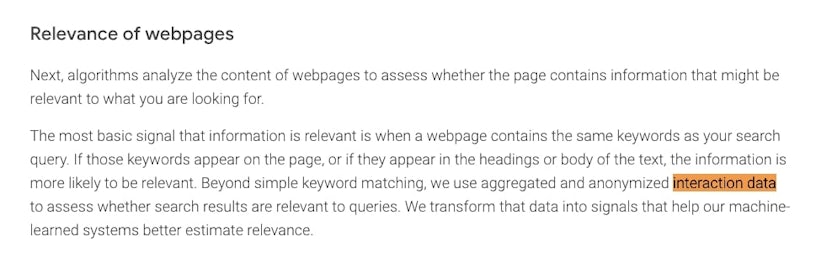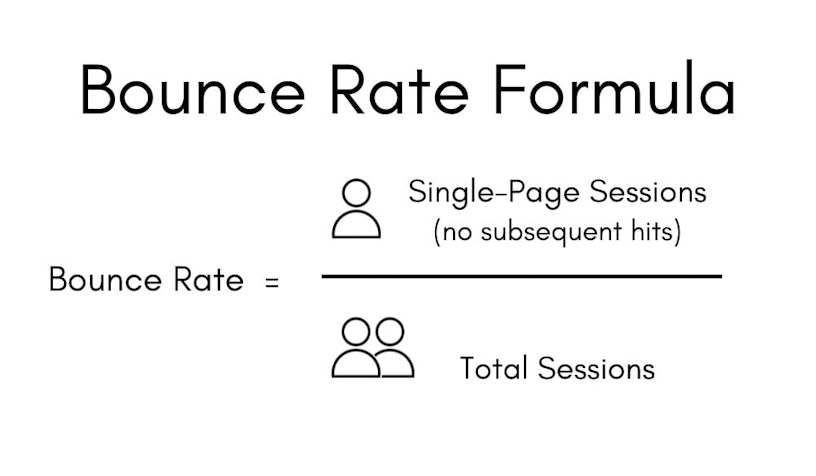November featured some more light updates as Google unwinds its strategies for the year. But there are still valuable articles to bring to your attention. Google released a document that highlighted which ranking systems it is currently using and what they no longer consider relevant. There was also debate on whether seasonality and bounce rate impact SEO rankings.
Allow our traffic light system to guide you to the articles that need your attention, so watch out for Red light updates as they’re major changes that will need you to take action, whereas amber updates may make you think and are definitely worth knowing but aren’t urgent. And finally, green light updates which are great for your SEO and site knowledge but are less significant than others
Keen to know more about any of these changes and what they mean for your SEO? Get in touch or visit our SEO agency page to find out how we can help.
In this post, we’ll explore:
- Google publishes document on more notable ranking systems
- Google’s Panda algorithm evolved into the Coati algorithm
- How seasonality affects the SERPs and what it means for SEO
- Why seasonality changes occur
- How to identify changes in seasonality
- Is bounce rate a ranking factor?
- The evidence showing bounce rate as a ranking factor
- What does bounce rate measure?
- So, is bounce rate a ranking factor?
Google publishes document on more notable ranking systems

Last month Google released a guide to their currently used and retired ranking systems. It’s given us all a helpful run down of exactly what factors and signals Google is using to rank the most relevant, and most useful results.
Google’s ranking system guide itself is lengthy and goes into detail on the purpose of each current and retired system, the underlying technologies that they use, and some of the SERP features and content it affects. Luckily, Search Engine Journal created its very own quick rundown of the guide, giving a simple, one or two sentences on each ranking system.
What does this mean for me?
Although this has little to no impact compared to a Google algorithm update, such as the Helpful Content Update, it’s paramount that SEOs have a full understanding of what ranking systems are in use and what they do. Whether as a valuable refresher or as a dependable catalogue you can rely on in the future, this ranking system guide is certainly well worth a read.
Google’s Panda algorithm evolved into the Coati algorithm

On a similar note to the ranking update above, Google has announced that their 2012 Panda algorithm has evolved into the Coati algorithm. In an article discussing the news, Barry Schwartz highlights that this change happened years ago, and no one in the industry had ever really heard of this ranking system before.
What does this mean for me?
This update isn’t going to change how websites rank; Coati is simply the successor to Panda and is designed to reduce the rankings for low-quality sites and reward better rankings for higher-quality sites. Rather, this update is an interesting change in our SEO history knowledge.
Will you be swapping out Panda for Coati? Or will you continue to acknowledge Panda as one of the major algorithm updates that completely changed the direction of web search results?
How seasonality affects the SERPs and what it means for SEO

The festive season is upon us, and in the SEO industry, it means we’ve been preparing strategies to maximise client visibility for months already now. One thing that we definitely have to account for is seasonality and how it affects the search results pages we’re targeting.
Luckily, Search Engine Land has written a practical seasonality guide to help you identify it, understand why it takes place and how to communicate the effects of seasonality to stakeholders. Whether you’re a beginner in need of the seasonality basics or a seasoned SEO pro in need of a rapid refresher, this guide has everything you’ll need.
Why seasonality changes occur
The first key thing to consider when it comes to seasonality is why does seasonality affect the SERPs (search engine results pages). Typically Google might start experimenting with the search intent and results for a particular query if certain requirements are met, such as:
- There has been an increase in search queries compared to previous periods
- There’s been a change in user SERP behaviour for this query, e.g. changes in click patterns.
- There’s been an increase in users performing further queries on the same topic to get a refined result
- There has been a change in the additional terms in the same topic query
If one or more of these start to change over a certain period, you might see new results or even new search features. But how do you identify if this has happened to your target keywords?
How to identify changes in seasonality
E-commerce sites are more than familiar with seasonality, and will likely have procedures in place to account for it. But if you’re not well versed in seasonality, sudden ranking changes and traffic for particular parts of your site might be slightly alarming. So how do you see if seasonality is the cause?
Search Engine Land’s case study on the keyword ‘Beard Oil’ is a great example to get you started. They analysed two things and compared them to a ‘normal’ period of time:
- the SERP features (i.e. shopping ads, map packs)
- the ranking sites and their intent
Between summer 2022 and autumn 2022, they found that the SERP features for ‘Beard Oil’ increased dramatically, introducing commercially driven elements. And they found that the results reflected this also, switching from informational results in the summer to commercial results in the winter.
What does this mean for me?
Seasonality can dramatically impact the way that our sites rank over different periods of the year, so it’s crucial to be able to understand and identify it. By comparing your search results pages and the SERP features to a more stable period of time, you can take the necessary steps to pinpoint seasonality, account for the changes, and report it to stakeholders to prevent panic.
Is bounce rate a ranking factor?

Is there a link between bounce rate and search rankings? This article discusses how bounce rate impacts SEO rankings, and that it is an important factor to consider when optimising a website or page.
Despite Google’s insistence that they do not use data from Google Analytics to inform their ranking algorithms, some SEO professionals believe that bounce rate is in fact a ranking factor.
The reason for this is unclear, but it persists among a portion of the search marketing community. It’s possible that there is some validity to these claims, despite what Google has said publicly on the matter.
The evidence showing bounce rate as a ranking factor
In “How Search Works,” Google says, “…we use aggregated and anonymized interaction data to assess whether search results are relevant to queries.” Some SEO professionals believe “interaction data” involves bounce rate.

The study found that the average time on site for a Google first-page result is 2.5 minutes, but Brian Dean confirmed in reply to a comment that the study did not actually look at bounce rate (or pageviews).
What does bounce rate measure?
A lot of the confusion around bounce rate can be cleared up once people understand what bounce rate actually measures.
Bounce rate is a Google Analytics metric that measures the percentage of single-page sessions (no secondary hits) to your site divided by the total sessions.

So, is bounce rate a ranking factor?
No, bounce rate is not a Google ranking factor. Bounce rate is not a reliable measurement of the relevance of web pages – and Google has repeatedly said it does not use it for rankings.
Also added is the fact that not all websites use Google Analytics – If Google used bounce rate as a ranking factor, it would have to treat websites with the GA code differently than those without the GA code.
Keep up-to-date with our dedicated algorithm and search industry round-ups. For any further information about these posts – or to learn how we can support your SEO – get in touch today.



